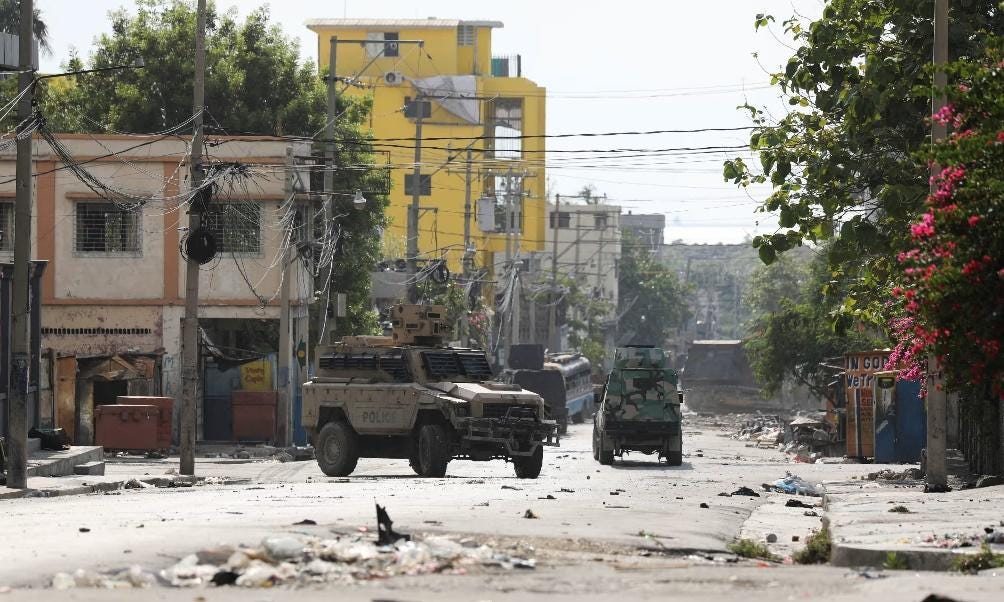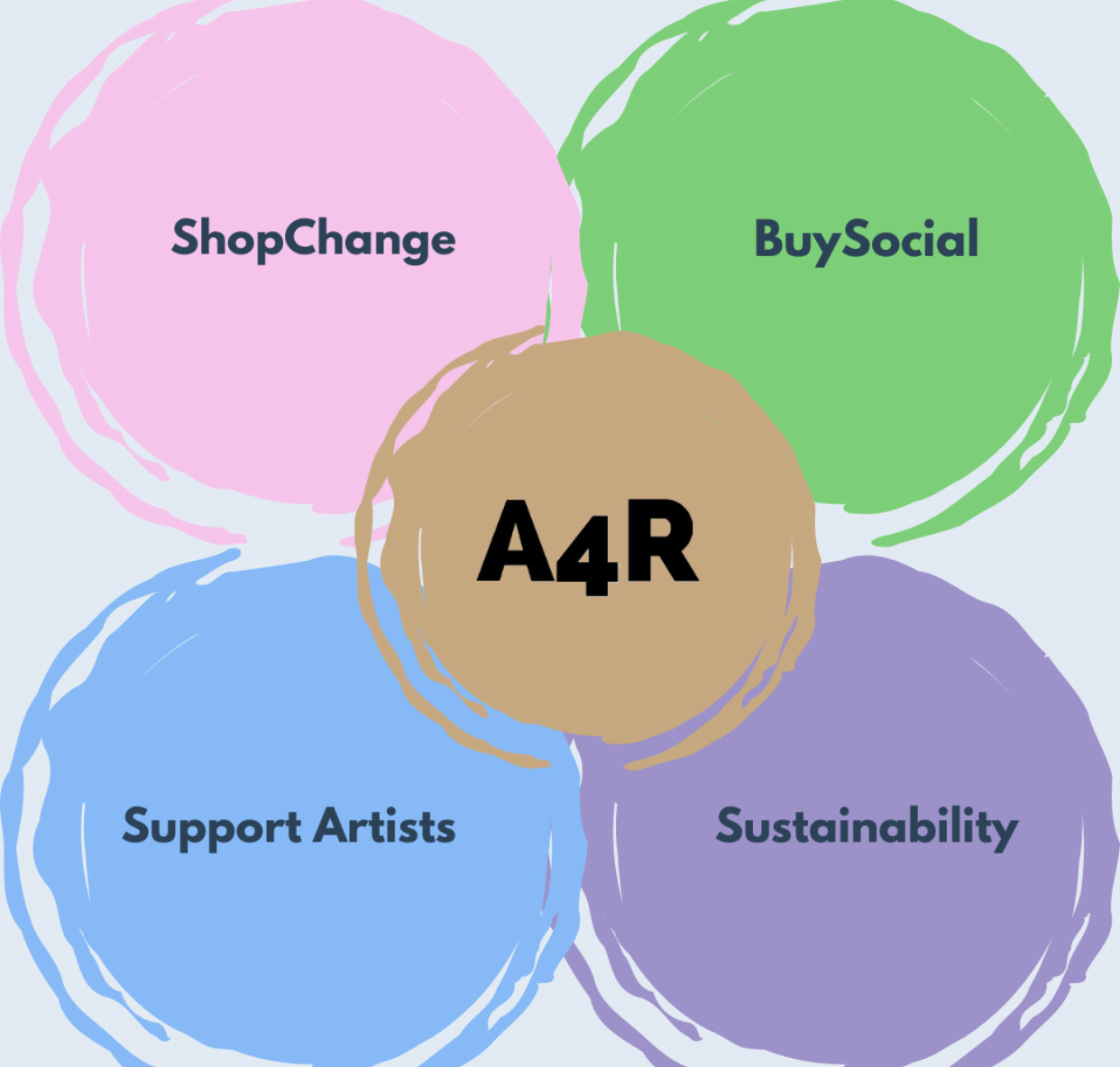Rebuilding Haiti: A Struggle of Resilience
At the turn of the 19th century, Haiti emerged as a beacon of hope for enslaved peoples worldwide, as it waged a revolt against its French colonisers. Led by visionary figures like Toussaint Louverture and Jean-Jacques Dessalines, enslaved Africans in Saint-Domingue revolted against French colonial rule, culminating in a decisive victory at the Battle of Vertières in 1803. This triumph led to Haiti's declaration of independence in 1804.
Haiti, the nation that once inspired freedom movements worldwide, now grapples with political instability and economic challenges. Since gaining independence in 1804, Haiti has faced a tumultuous journey marred by dictatorships, coups, and natural disasters.
Political instability remains a persistent issue, with frequent changes in leadership and governmental structures. The aftermath of the 2010 earthquake, which claimed hundreds of thousands of lives and devastated the country's infrastructure, further exacerbated existing vulnerabilities. The lack of effective governance hindered recovery efforts, leaving many communities suffering from poverty.
Living under the constant threat of violence makes survival and progress an arduous feat. Nun Neethoudjif Méléance, a 22-year-old teacher from Cap-Haitien, finds herself checking her phone multiple times a day, anxiously ensuring the safety of her family members. With 10 loved ones still residing in the Haitian capital of Port-au-Prince, the grim reality of the city's situation is stark - currently, approximately 80% of the capital is under the control of various gangs.
"I feel like I'm powerless because they are my parents," she confides. In 2010, Nun's mother was among the victims claimed by an earthquake that ravaged Haiti, claiming 300,000 lives. Nun’s experience appears emblematic of Haiti’s history, a reminder of the harsh realities faced by countless Haitians who navigate a landscape marred by violence, uncertainty, and loss. Indeed, Haiti is the poorest country in the Latin America and the Caribbean region, with a Human Development Index (HDI) value for 2022 ranking the country at 158 out of 193 countries and territories.
How did Haiti get to this point?
Following the slave revolt, Haiti would become indebted to France. In 1825, France demanded a 150-million-franc indemnity for its loss of the Caribbean nation. The debt severely hampered Haitian economic development as payments of capital and interest totalled a significant share of Haitian GDP, constraining the use of domestic financial funds for infrastructure and public services.
Throughout the 20th century, Haiti endured dictatorial regimes, notably under the Duvalier dynasty from 1957 to 1986. Democratisation efforts faced hurdles due to instability and electoral fraud. The devastating 2010 earthquake exacerbated existing problems, revealing inefficiencies and corruption in reconstruction efforts.
Jovenel Moïse's presidency, ended by his assassination in 2021, was marred by corruption allegations and authoritarian tendencies, sparking public discontent and protests. His death further destabilized Haiti, with Haitian gangs gaining in local power and influence. Today, at least 90,000 people have fled Port-au-Prince in just one month.
What is being done?
The formation of Haiti's Transitional Presidential Council (TPC) marks a pivotal moment in the nation's quest for stability amidst prolonged political turmoil. Established following Ariel Henry’s resignation from the presidency, the TPC assumes the responsibilities of the president until a new elected leader takes office or until 7th February 2026.
The United Nations has warned that the country’s institutions are “close to collapse” due to poor governance and increasing levels of gang violence. The US Coast Guard has also reported a significant increase in Haitians attempting to flee the country by sea, with over 7,000 individuals interdicted in 2021-2022.
Growing violence has led to drastic measures being taken; the Kenyan government has agreed to deploy 1,000 police officers to Haiti, with the first batch expected to arrive by late May. Indeed, more than 2,500 people have been killed or injured from January to March of this year, a more than 50% increase compared with the same period last year, according to the UN. The deployment is part of a broader effort to stabilize the country and create a secure environment for the government to function effectively. The Kenyan government has stated that it is committed to working with the international community, including the United States, to support the Haitian government and people. The deployment is seen as a key step in achieving this goal, as it will provide a much-needed boost to the Haitian National Police and help to restore order in the country.
A coalition of gangs known as Viv Ansamn (Live Together), who control most of Port-au-Prince, has asked for gangs to have a say in politics going forward. Vitel'homme Innocent, who heads the Kraze Barye gang, has, according to Reuters, called for a solution to growing violence. Yet, gangs have threatened violence if they are not included in the new government’s plans.
The Biden administration has approved a $60 million military aid package to help Haiti quell violent gangs wreaking havoc in the country,
Police monitoring the area near the presidential palace the day before the New Haiti government is sworn in. Photograph: Ralph Tedy Erol/Reuters
Haitian Resilience
As 360,000 people are displaced by violence, it is difficult for Haitians to self-actualise. The ability to reach one’s full potential is made easier by a safe environment, but Haitians must try to reach personal goals while navigating an unstable environment. Meaningful work satisfies most of the 7 human needs, including self-actualisation, but Haiti’s poor infrastructure and crime makes working a job difficult. Subsequently, satisfying basic human needs is increasingly difficult.
In the heart of chaos-ridden Port-au-Prince, Makenson Rémy's daily routine is a testament to the struggle facing Haitians. As a journalist for Radio Caraïbes, he navigates the city's treacherous streets on his motorbike, risking his life to report the news to his fellow Haitians.
Despite the grim reality, Rémy persists, driven by a sense of duty to keep his fellow citizens informed. But as the violence escalates and the government struggles to regain control, the prospect of thriving in such conditions grows increasingly bleak for Haitians. In a city gripped by fear and uncertainty, the simple act of survival has become an uphill battle.
The plight of Rémy, aged 47, and his family underscores the harsh reality faced by many Haitians amidst dire circumstances. His contemplation of departure reflects the internal struggle between the desire for safety and the commitment to serving his community. Despite the allure of seeking refuge elsewhere, Rémy's decision to remain echoes a profound resilience—a determination to endure and make a difference, even in the face of adversity. His daily work, providing essential information to millions in need, symbolizes a beacon of hope amidst darkness, highlighting the inherent struggle between leaving one's home and staying to fight for a better tomorrow.
Residents walk past a burnt car as they evacuate the Delmas 22 neighborhood in Port-au-Prince. Photograph: Ramón Espinosa/AP
Conclusion
Living in Haiti is a constant struggle as conflict permeates every aspect of life. Food and water scarcity, a faltering economy, crumbling infrastructure, and inadequate healthcare define daily existence. Necessities are luxuries, with hunger and malnutrition widespread. The economy falters, leaving many unemployed and impoverished. Infrastructure decay hampers development, while healthcare struggles under resource constraints. Haitians face a daunting reality, navigating a landscape where survival is uncertain, and hope often elusive. Resolving these deep-rooted issues demands urgent action, both domestically and internationally, to alleviate suffering and pave a path toward a more sustainable and equitable future.
Bibliography
‘As new Haiti leadership takes power, gangs demand a seat at the table,’ Reuters, April 2024, https://www.reuters.com/world/americas/new-haiti-leadership-takes-power-gangs-demand-seat-table-2024-04-29/
Tom Phillips, Etienne Côté-Paluck,
‘The city is a jail’: Haitian journalists get word out about gang violence,’ https://www.theguardian.com/world/2024/apr/16/haiti-journalists-port-au-prince-gang-violence-danger
In this episode John discusses Haiti and the struggle the journalists are going through there.. He is a student journalist with us on a placement organised with War Studies Department, King’s College, London. This article was edited using Lex.page.
Thank you for reading an A4R 🎨 Post. Don’t forget to visit our gift shop here. Every purchase scales our impact and pays our bills.
















